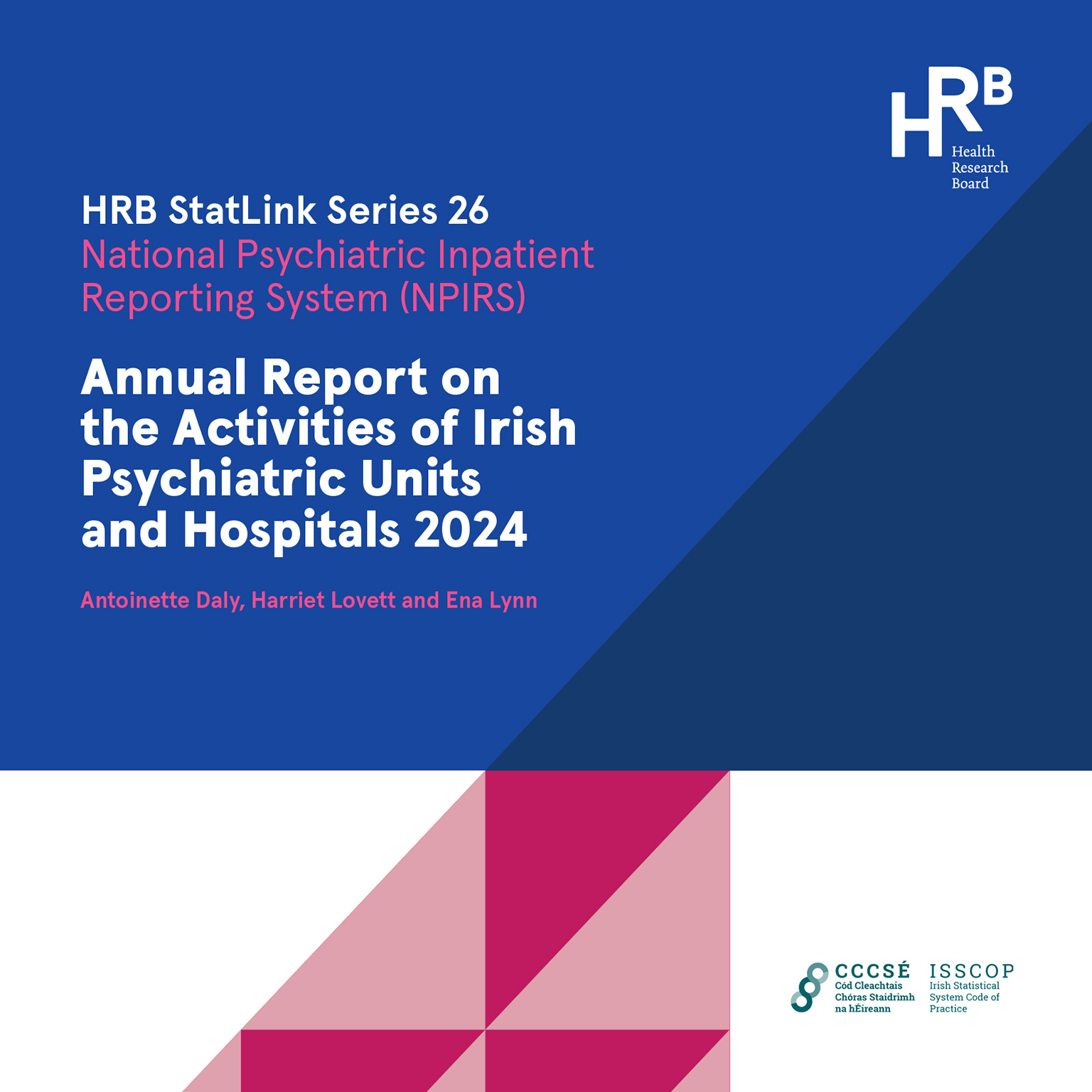Skin sebum testing – a new frontier in Parkinson’s disease
Lead researcher: Professor Tim Lynch, Mater Misericordiae University Hospital, Dublin
2 min read - 11 Aug 2023

The problem
Parkinson’s disease (PD), which affects a person’s movement, is difficult to diagnose and monitor. Could changes in a person’s skin offer a quick and painless way to help doctors assess patients with suspected PD?
The project
The Dublin Neurological Institute in the Mater Hospital took swab samples from the foreheads of 70 patients with and without PD to compare them. The samples were analysed at Charles Institute of Dermatology in University College Dublin (UCD).
The outcomes
We now know that:
- Levels of sebum, an oily substance in the skin, tend to be higher in people with PD
- Male patients with PD had higher sebum level than females with PD
- Other factors, such as skin acidity and hydration did not differ between people with and without PD in the study.
Dr Dimitra Khalil Chaity, Neurology Research Registrar at UCD, says:
“For a long time, people had noticed that the skin can become oilier or shinier in PD. My colleague Dr Diana Olszewska decided to investigate this further. She and I have found that sebum on the skin surface is higher in patients with Parkinson’s, pointing to the potential to develop this as a non-invasive test when assessing people for the disease.”
The project has opened the way for continued work on skin in PD in UCD, funded by the Michael J. Fox Foundation.
‘Skin sebum testing – a new frontier in Parkinson’s disease‘ is part of a wider collection of success stories across four themes from this year’s annual Health Research in Action.
2 min read - 11 Aug 2023



